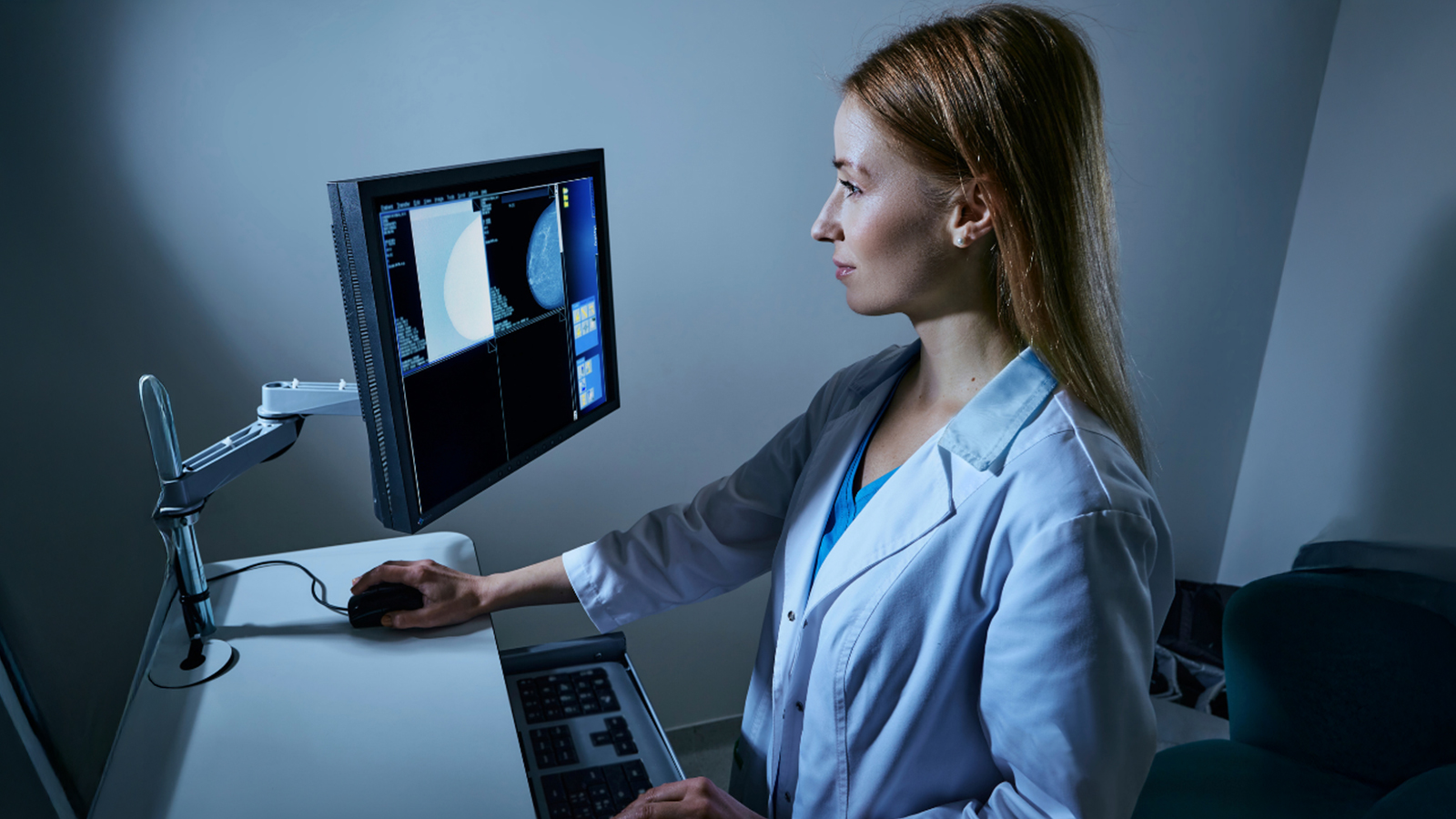
What Is a Mammogram? A Vital Tool for Early Detection
A mammogram is a specialized radiological examination that uses low-dose X-rays to image breast tissue. It helps detect breast cancer, cysts, calcifications, and other structural changes before they can be felt. Early detection significantly increases the success rate of treatment. Experts recommend that women aged 40 and above have a mammogram annually.
Why Is a Mammogram Done?
Mammograms are essential not only for cancer screening but also for early detection of other breast conditions:
- Breast cancer
- Fibrocystic changes
- Breast cysts
- Fat necrosis
- Microcalcifications
- Breast asymmetry
How Is a Mammogram Taken?
- Preparation: Avoid deodorant, perfume, or creams before the exam to prevent image artifacts.
- Positioning: A radiology technician positions the breast between two compression plates.
- Imaging: For each breast, two views are taken—one frontal and one oblique—totaling four images.
- Compression: The breast is gently compressed for a few seconds to ensure clarity and minimize radiation.
- Duration: The entire process lasts about 10–15 minutes; patients can immediately resume normal activities.
- Evaluation: Radiologists use the BI-RADS system to classify results and typically provide same-day feedback.
Is Mammography Painful?
Discomfort varies. Some women feel slight pressure; others experience brief pain. Scheduling after menstruation is recommended for greater comfort.
Who Should Get a Mammogram and How Often?
- Ages 40–49: Every 1–2 years
- Ages 50+: Once a year
- High-risk individuals: May begin earlier and more frequently based on medical advice
When Is the Ideal Time?
Schedule during days 5–10 of your menstrual cycle for best comfort and image quality.
Also recommended if you notice lumps, nipple discharge, changes in breast shape, family history of breast cancer, or previous abnormal findings.
Digital Mammography & 3D Tomosynthesis
- Digital mammography provides clearer images with lower radiation.
- 3D tomosynthesis offers detailed three-dimensional imaging, especially useful for dense breast tissue.
BI-RADS Categories
CategoryDescription0 | Need additional imaging
1 | Normal
2 | Benign findings
3 | Probably benign – follow-up
4 | Suspicious – biopsy recommended
5 | Highly suggestive of malignancy
6 | Known biopsy-proven malignancy
BI-RADS 3+ typically leads to further tests like ultrasound, MRI, or biopsy.
Is Mammography Harmful?
The radiation dose is very low, and the benefits far outweigh risks. It's a safe and effective screening method.
FAQs
- Should it be done annually? Yes, for women 40+, though a doctor may recommend different schedules.
- How long does it take? About 10–15 minutes, up to 20 with preparation.
- Can it be done during menstruation? Technically yes, but discomfort may increase; better to schedule afterward.
- Does it cause cancer? No—the radiation is minimal and safe.
Mammograms are one of the most powerful tools for early detection of breast cancer. Invest just a few minutes each year to protect your health.
Remember: early detection saves lives!